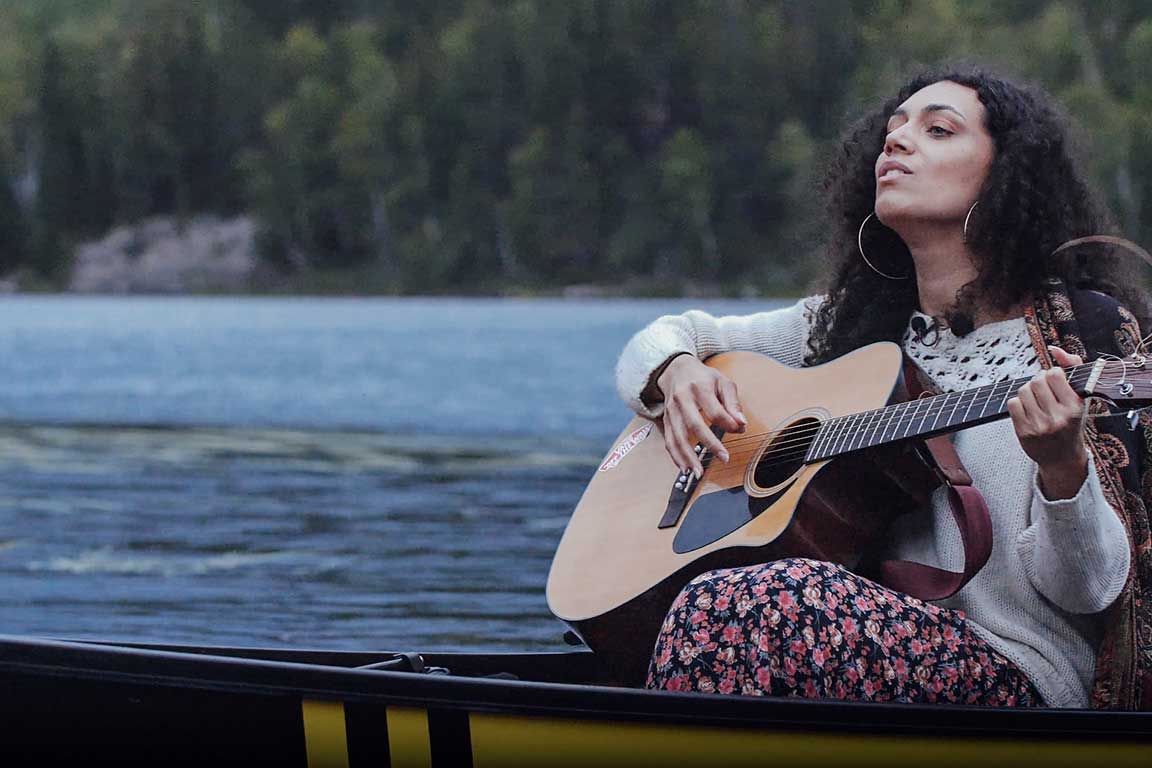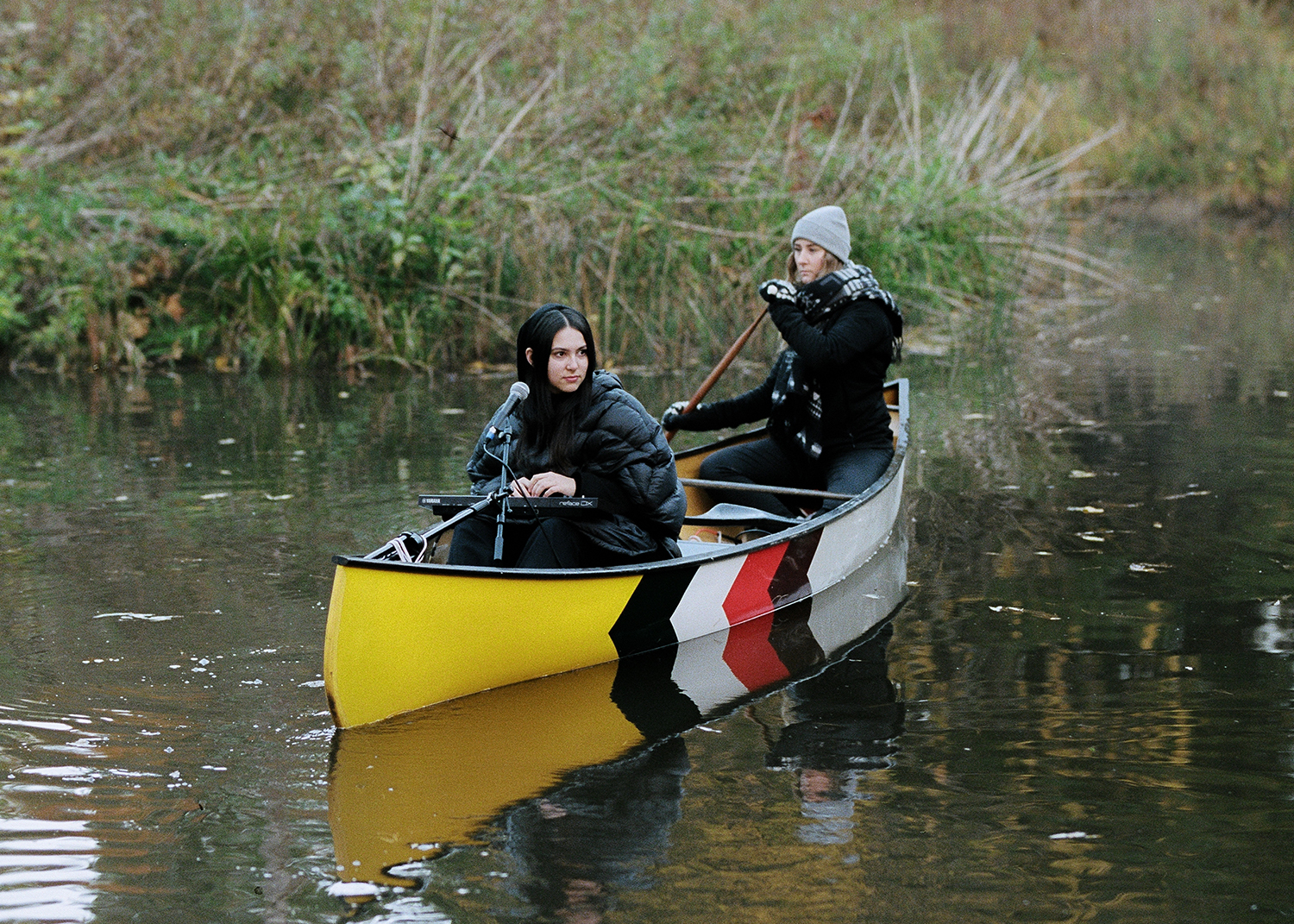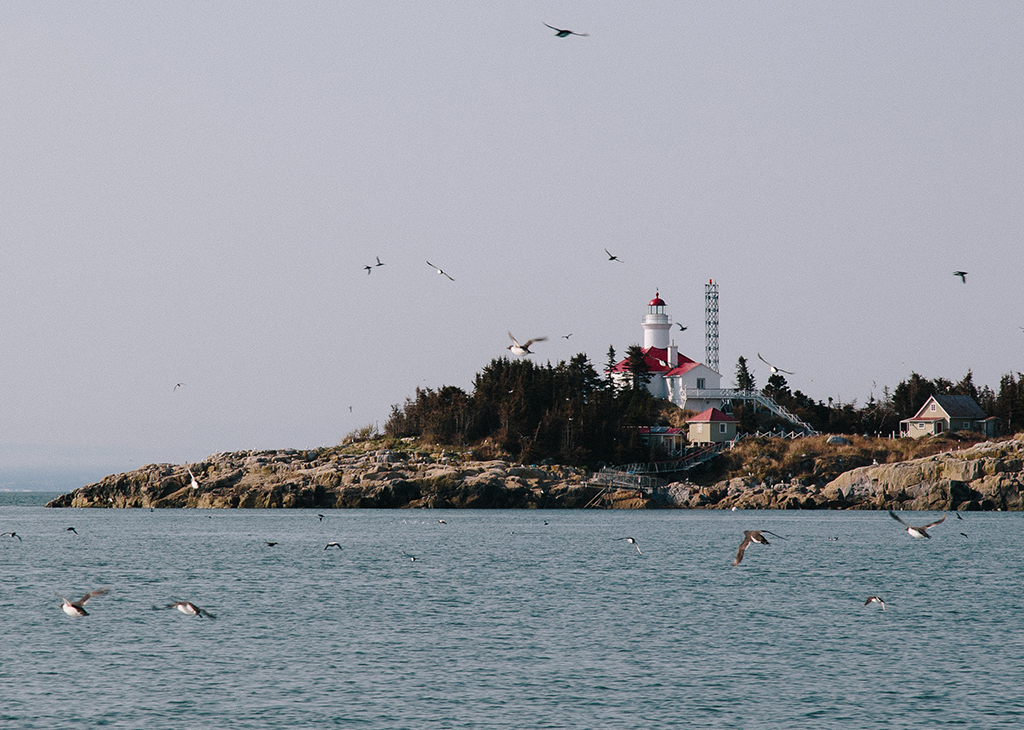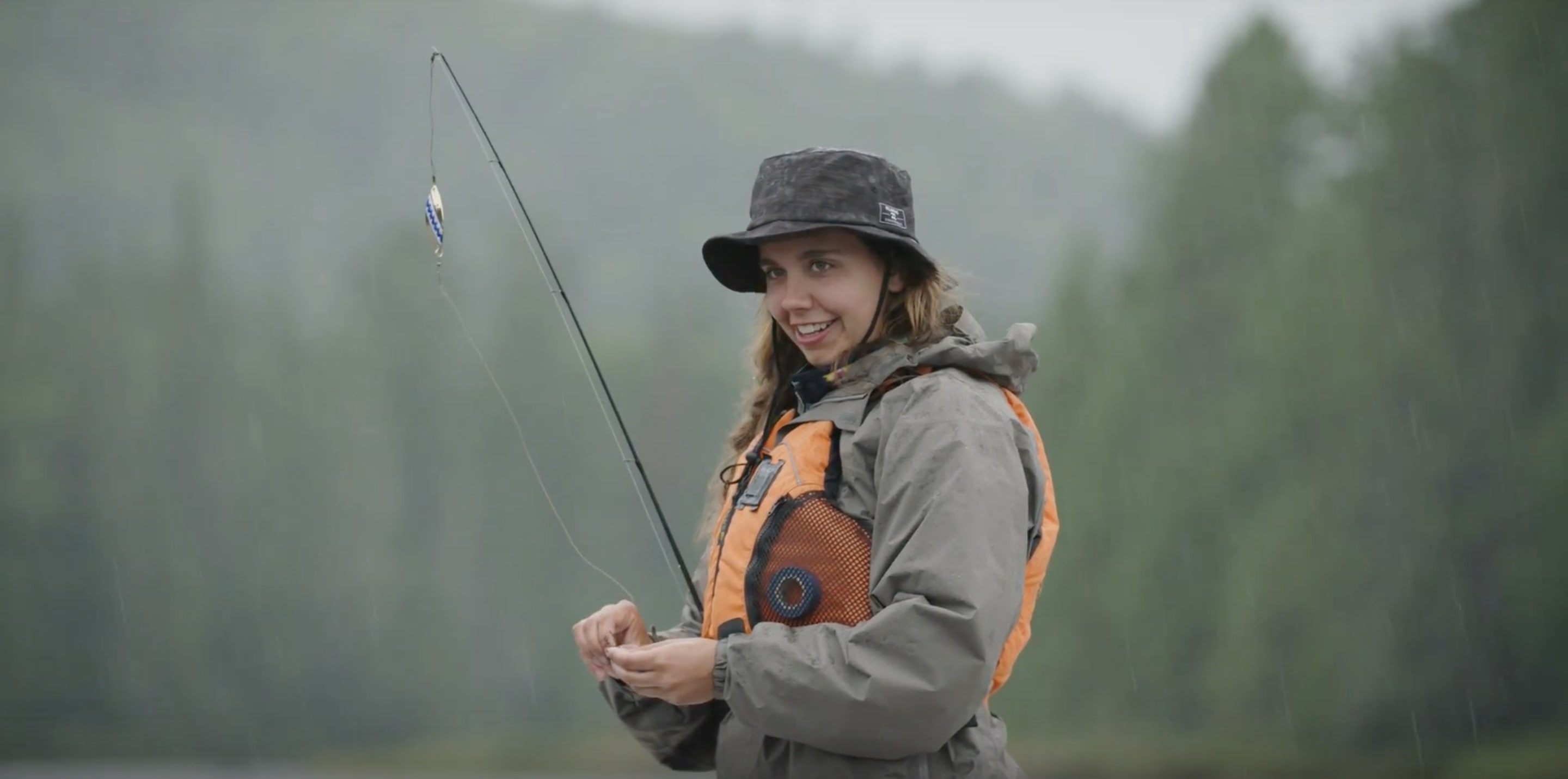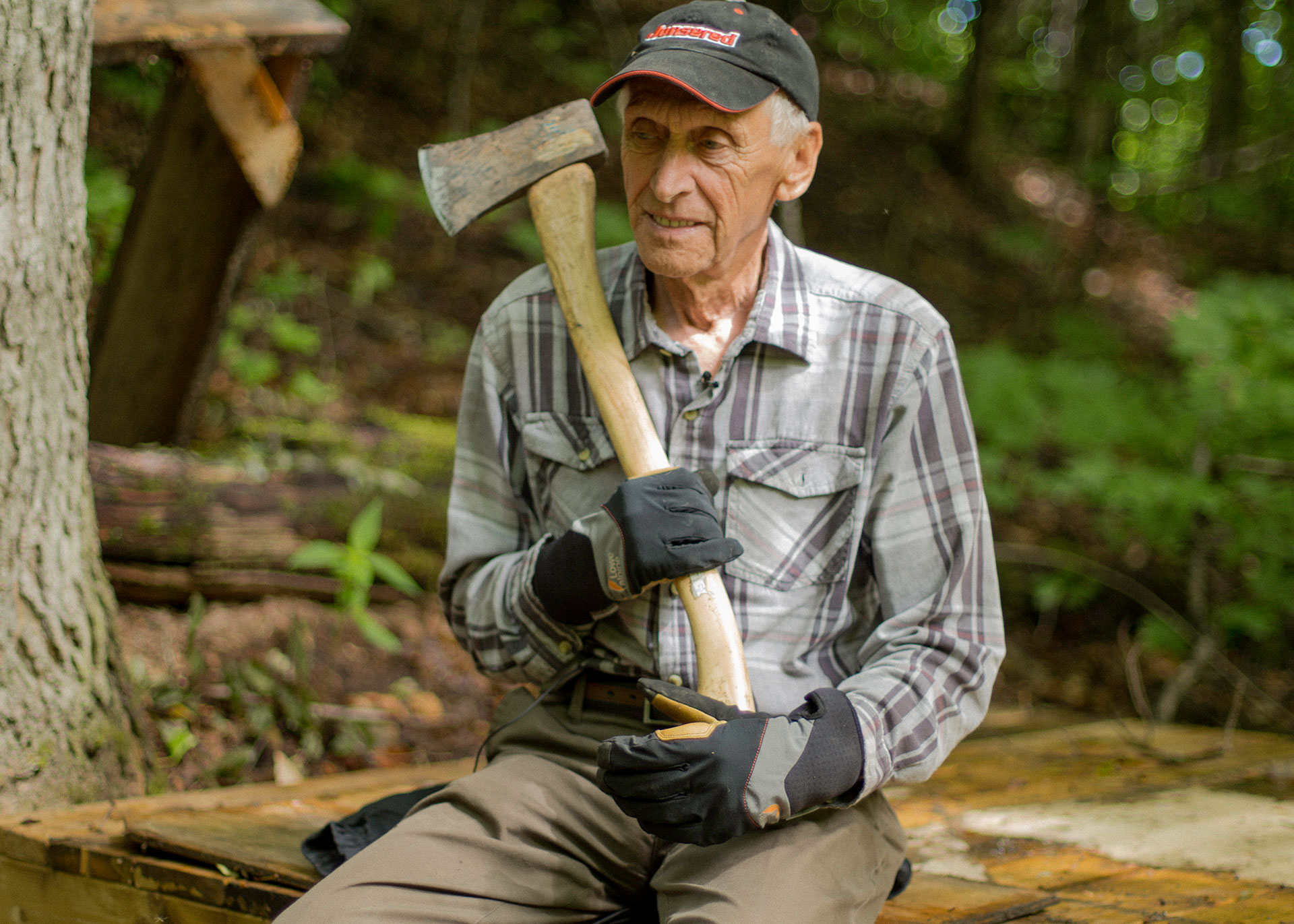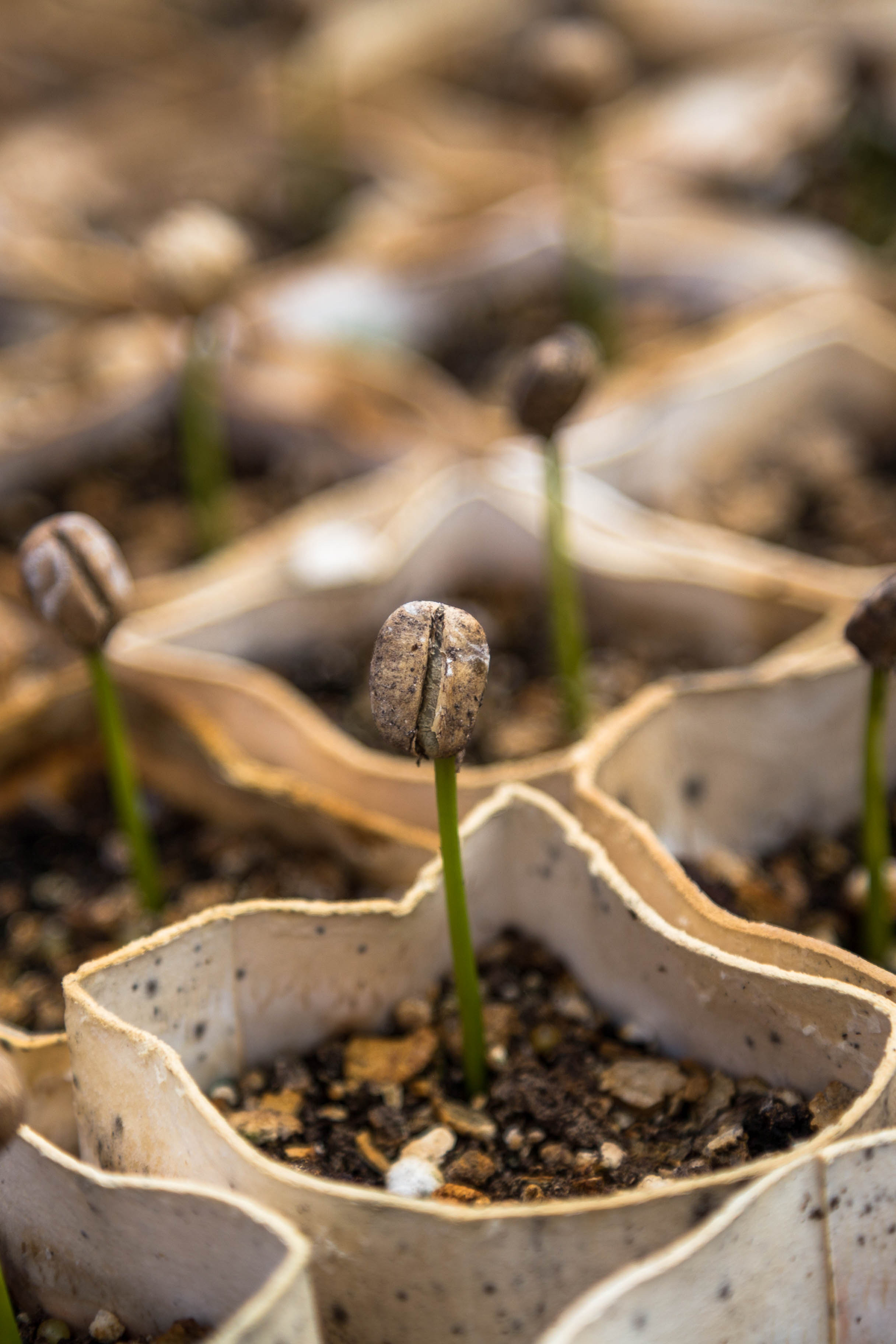Manifestos
The natural state
Qu’est-ce qui définit la nature? L’absence d’influence humaine? Ou quelque chose de plus subtil?
There is a kind of place that often gets called a wilderness. It is far from the road, rich with plant and animal diversity. It is quiet. There’s no buying or selling; no texting or notifications; no engine noise or smog or meet-ings or concrete or traffic. And most importantly, human preoccupations are of little concern. In these places, the earth’s great pageant plays on with or without us. Eggs hatch; old-growth trees fall in a windstorm—new seedlings grow from their rotting trunks; a lynx catches a snowshoe hare turning brown just in time for spring. And it feels good to be there. It feels good to luxuriate in nature’s beauty and to feel ourselves to be small and inconsequential—one species among many, not dominating, not in charge.
Wilderness is defined by Canadian law as places “that exist in a natural state or that are capable of returning to a natural state”; In the U.S., wilderness is defined as “an area where the earth and its community of life are untrammelled by man, where man himself is a visitor who does not remain.” These legal definitions clearly focus on the absence of human presence or influence on a place.
But are there really any such places, where humans have no influence?
When colonizers from Europe reached North American shores, their dismissiveness towards the Indigenous inhabitants they encountered prevented them from seeing that the landscapes of the continent were deeply shaped by people. Intentional management was pervasive, from grasslands regularly burnt to keep trees from encroaching, to hunting seasons and territories that influenced the numbers and distribution of the animals, to the reaping and sowing of a multitude of plant species. This influence is still readable on the landscape. To this day, coastal Western red cedars grow taller and healthier on former settlement sites, thanks to nutrients from 500 generations of fires and shell middens.
Thus, the notion that the “original” state of North America was once a vast wilderness is deeply prob- lematic. As environmental anthropologist for the Tsimshian Nation Brenda Guernsey wrote in 2008, “erasing First Nations landscapes and replacing them with a preconceived understanding of ‘wilderness’ allowed the landscape to be physically, socially, conceptually cleared for the colonial settlement of the land.” By pretending that Native people had no effect on the land, colonizers justified seizing and exploiting their territories . . .
European arrival created a false “point zero” for wilderness conservation that excludes Native peoples’ history and relationship with nature, and that contributes to our problematic conception of pure wilderness. It is good for us to question that conception and acknowledge the long human history on the land.
While they aren’t pristine, there is something about certain places that does feel special. We are drawn to them. Some of us obsess over them. Sometimes, we focus so much on the remarkable places—like the glittering icefields of Jasper in Alberta or the moss-hung trees of Olympic National Park in Washington State—that we’ve come to believe that only they have the right to count as “true nature.” Our history has tricked many non-Indigenous people into thinking that what we are feeling in these places is the absence of the human touch. But really what we are responding to is the absence of destruction.
Our history has tricked many non-Indigenous people into thinking that what we are feeling in these places is the absence of the human touch. But really what we are responding to is the absence of destruction.
When we call a place “wild,” it is important to remember that, in addition to a legacy of In- digenous management, it is probably also being actively managed and protected in some capacity today. National parks are tenderly taken care of to preserve their ecosystems from unwanted change. Land is often managed to protect endangered species. Even a forest slated for timber production, if operated well and with an eye to biodiversity preservation, can look and feel remarkably wild. And we love and use these “multi-use” lands too. I gather mushrooms and boughs for wreaths in the Fremont-Winema National Forest, and ski and snowshoe there in the winter. There is much wildness going on in these lightly managed places. I see the tracks of voles and mice; I have found the vertebrae of an elk who perhaps ran afoul of a cougar or even a wolf. The trees may be a crop destined for harvest someday, but the natural world lives here too.
We could dispute for hours whether this or that place is sufficiently autonomous in order to be legitimately considered wild—it is a difficult question and the discussion is not particularly helpful, outside of a legal context, where “wilderness” often comes with special protections. What is more important is our relationship to nature in these places. For it is here that we find ourselves most willing to be just one species among many. Although we often feel it most keenly in “the wilderness,” that humility is not dependent on a place being pristine. And in fact, it is wise to try to carry that moment of humble awe out of the wilderness, because it is vitally important. That feeling can save the world. The humility that these places teach and the passion they instill in us are necessary to fight for the protection of places, species, and processes that aren’t for us.
The Tongass National Forest in Alaska is undevel- oped and majestic, the home of old-growth trees and endangered species like the Marbled Murrelet. It is also the forest that encircles On Your Knees Cave, where 10,000-year-old human bones were found. The forest is not less wild because of its long history of human habitation and use. Humans are part of its story.
Where we do live and work, we must learn to share the landscape—be it urban or rural—with flora and fauna large and small, predators and prey.
Humans are also a big part of the story in Los Angeles, where the Natural History Museum of Los Angeles County has trained “citizen scientists” to collect natural observations. In a county with 10 million residents, they’ve observed 148 species of reptiles and amphibians, skunks, raccoons, colourful parrots from Mexico, and hundreds of insects, snails, and slugs. The city has 10 million trees. Two and a half trees per person.
Wildness surrounds us. There are coyotes raising families in Chicago; insects and birds populating our balcony gardens; wild weeds taking hold of wherever we turn our backs on for a moment, proving over and over the joyous tenacity of nature. Saplings growing in sidewalk cracks snap concrete slabs in two. Woodpeckers tattoo the trees in our yards. Falcons hunt pigeons outside skyscraper windows.
As children, we noticed these beautiful and wild moments wherever we were raised, whether in the countryside or in the city. We turned over wet leaves and collected the insects beneath them. We marvelled at the crimson of the autumn maple leaf on our walk to school. But as we grew up, we were taught to believe that these things weren’t wild enough. They were just squirrels or sunflowers. This wasn’t nature. Even those of us who love getting outside, getting physical, pushing our limits, and exploring the natural world forgot to see the nature just outside our door.
Humans and the rest of nature are not enemies to be kept apart. We grew up together, after all, in evolutionary time, and we can live together in harmony. Harmony depends on our self-restraint; we must not occupy and develop all parts of the earth. Where we do live and work, we must learn to share the landscape—be it urban or rural—with flora and fauna large and small, predators and prey.
When my summer flowers have done blooming, I resist the urge to prune the stems down. I snap off the dead flower heads and leave the hollow stems for solitary bees to nest in. I invite a little wilderness into my space. In the patches of wild in the city, as much as on a rugged mountaintop or remote desert, we can learn to cohabit and co-create with other species. We keep the outdoors wild by remaining humble and aware, by embracing the wildness all around us, by fighting to protect nature both remote and nearby—by feeling awe not only for the grizzly bear but also for the solitary bee.





